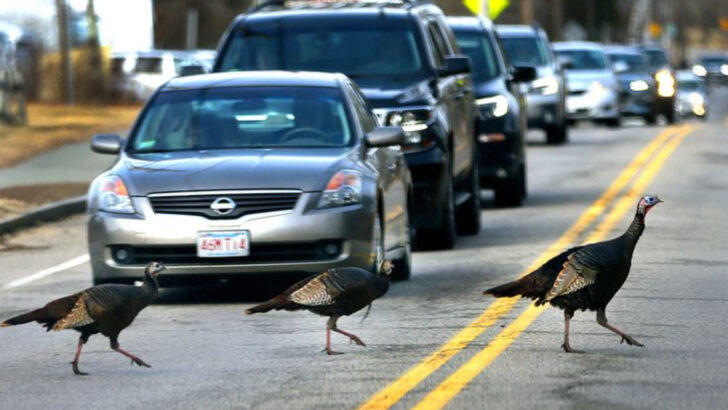Think cities are just for people, pigeons, and the occasional squirrel? Think again. Some of the most unexpected wild animals have figured out that city life isn’t so bad. Skyscrapers, traffic, and neon lights? No problem. These creatures are thriving in the chaos.
From creatures that slink through alleyways unnoticed to bold visitors taking over parks and backyards, urban wildlife is more surprising than you’d ever expect. Some have adapted in ways that would make even the smartest city dwellers jealous.
While you’re stuck in rush hour, they’re navigating rooftops, subway tunnels, and even downtown streets like seasoned locals. Some have found safety in the concrete jungle, while others have simply decided that city living is better than the wild.
Get ready to meet 20 unexpected animals that have turned U.S. cities into their own personal playgrounds. You might just spot one on your next coffee run.
Raccoons
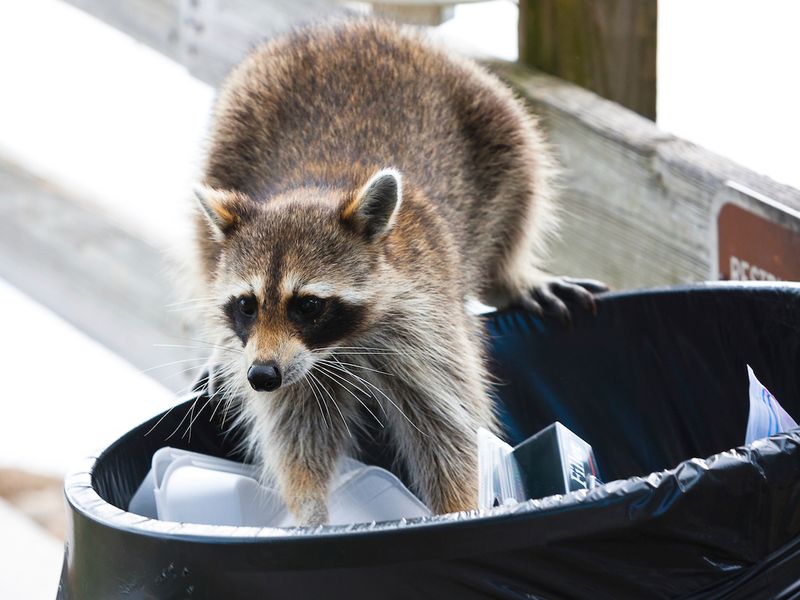
Raccoons are nocturnal animals renowned for their intelligence and adaptability. In urban areas, especially in cities like New York, these masked bandits are often found scavenging through trash bins in search of food.
They are adept climbers and can easily scale buildings and fences, making them a common sight in residential neighborhoods. Their omnivorous diet allows them to thrive on a variety of scraps, from leftover pizza to discarded fruits.
Despite their reputation as nuisances, raccoons play a crucial role in the ecosystem by controlling insect populations and cleaning up refuse.
Red Foxes
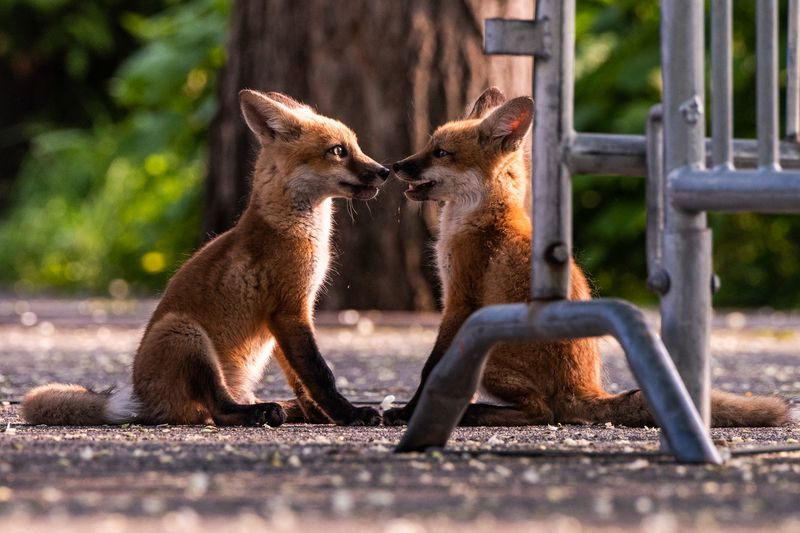
Red foxes have increasingly been spotted in urban parks and gardens. These sleek creatures are known for their cunning and resourcefulness, which serve them well in city environments.
In San Francisco, for instance, red foxes are often seen roaming through parks at dawn, hunting for small rodents or scavenging for food scraps. Their ability to adapt to varying environments makes them formidable urban dwellers.
Despite their wild nature, red foxes are generally shy around humans, preferring to keep their distance while maintaining a watchful eye.
Coyotes
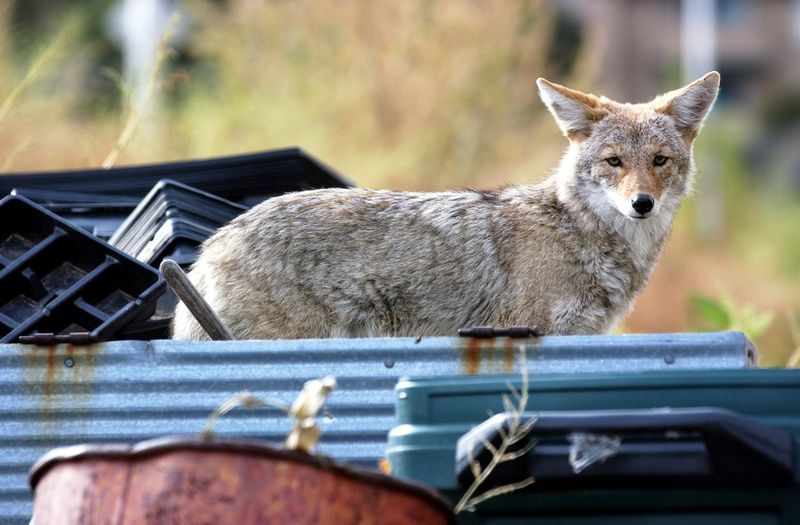
Coyotes are highly adaptable canines that have made their way into many U.S. cities, including Los Angeles. They are most active at twilight and are known for their distinctive howls.
In urban settings, coyotes often traverse suburban streets and parks, hunting for small mammals and birds. Their diet is varied and opportunistic, allowing them to thrive even in densely populated areas.
While their presence can be concerning to residents, educating the public about coexistence and securing trash can prevent unwanted encounters.
Peregrine Falcons
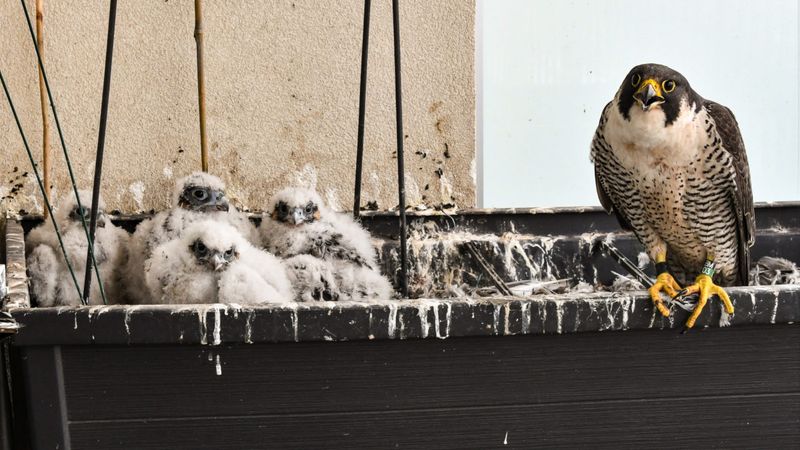
Peregrine falcons are remarkable birds of prey that have adapted well to urban life. In Chicago, they’ve been known to nest on skyscrapers, using these tall structures as vantage points for hunting.
Their preferred prey includes pigeons, which are abundant in cities. With their incredible speed and agility, peregrine falcons are adept hunters, capable of aerial pursuits reaching over 200 miles per hour.
Conservation efforts have helped increase their populations, and they are now a common sight in many cities, showcasing nature’s resilience.
Opossums
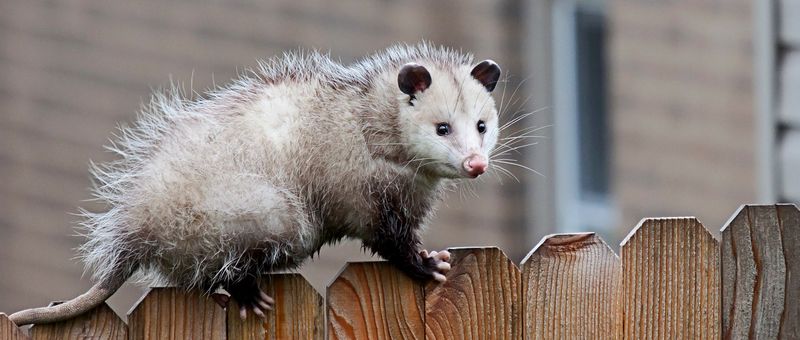
Opossums are marsupials that have adapted to urban environments across the United States, including Austin, Texas. Known for their nocturnal habits, they often scavenge for food at night.
These creatures are beneficial to urban areas as they consume various pests, including ticks, cockroaches, and even small rodents. Their immune system is incredibly robust, allowing them to resist many diseases.
Opossums are typically harmless, and their presence helps maintain ecological balance, though their sudden appearances can startle unsuspecting residents.
Eastern Gray Squirrels
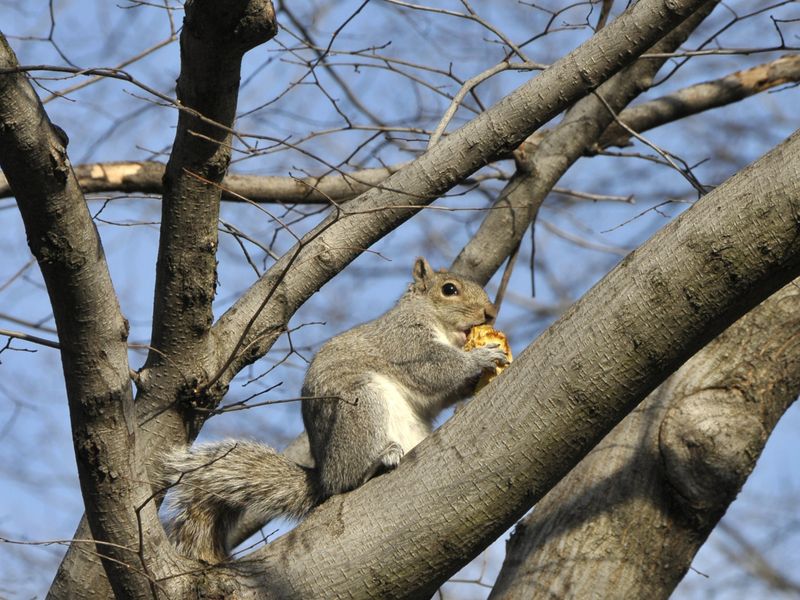
Eastern gray squirrels are ubiquitous in urban areas and are particularly common in cities like Boston. These agile rodents are skilled at navigating both trees and man-made structures.
In the fall, they can often be seen gathering and caching nuts, a behavior that helps them survive the harsh winter months. Their presence in parks and gardens is often welcomed by city dwellers who enjoy watching their playful antics.
While they are charming, their cheeky behavior can sometimes lead to conflicts, particularly when they raid bird feeders for a quick snack.
Black Bears
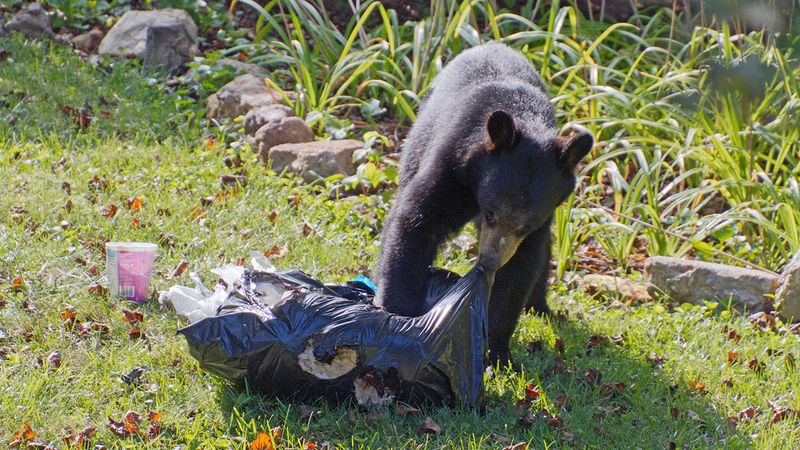
Black bears have been increasingly seen in suburban areas of cities like Asheville, North Carolina. These large mammals are drawn to urban areas by the availability of food, particularly unsecured trash bins.
While generally shy, black bears can become bold if they associate humans with food. It is important for residents to secure food sources to prevent encounters.
These bears play a key role in their ecosystems as seed dispersers and help maintain the balance of their natural habitats, even when these habitats overlap with urban areas.
Bobcats
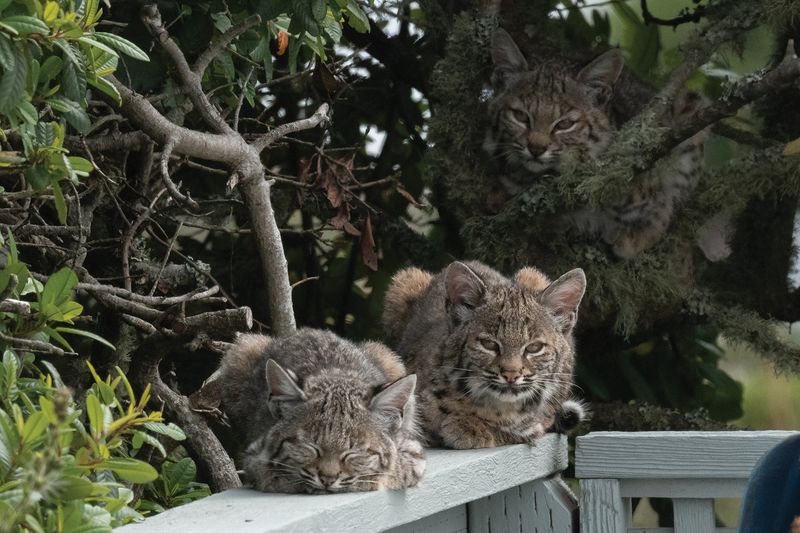
Bobcats, once thought to avoid urban areas, have been spotted on the outskirts of cities like Phoenix, Arizona. These elusive cats are skilled hunters, preying on rabbits, rodents, and birds.
They are primarily nocturnal and use their excellent camouflage and stealth to navigate city fringes. Bobcats are rarely seen, as they tend to avoid human contact and are adept at slipping unnoticed through urban landscapes.
Their presence indicates a healthy ecosystem, and they contribute to controlling rodent populations, which can benefit city environments.
Great Horned Owls
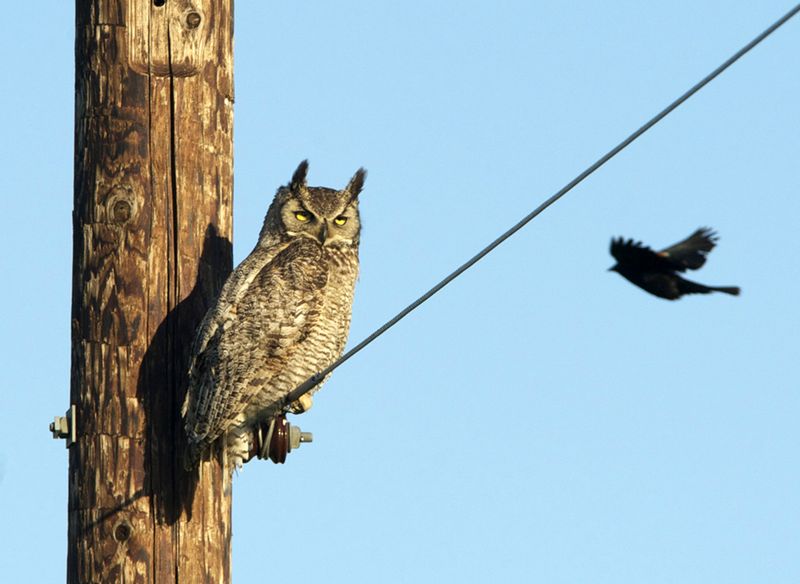
Great horned owls are majestic nocturnal predators commonly found in urban areas like Seattle. These owls are known for their distinctive tufts and deep hoots that echo through the night.
They perch on lamp posts or rooftops, scanning for prey such as rodents, which are plentiful in city environments. Their adaptability and keen hunting skills have made them successful urban residents.
Great horned owls are important for controlling pest populations, and their presence adds a touch of wild beauty to the urban nighttime soundscape.
House Sparrows
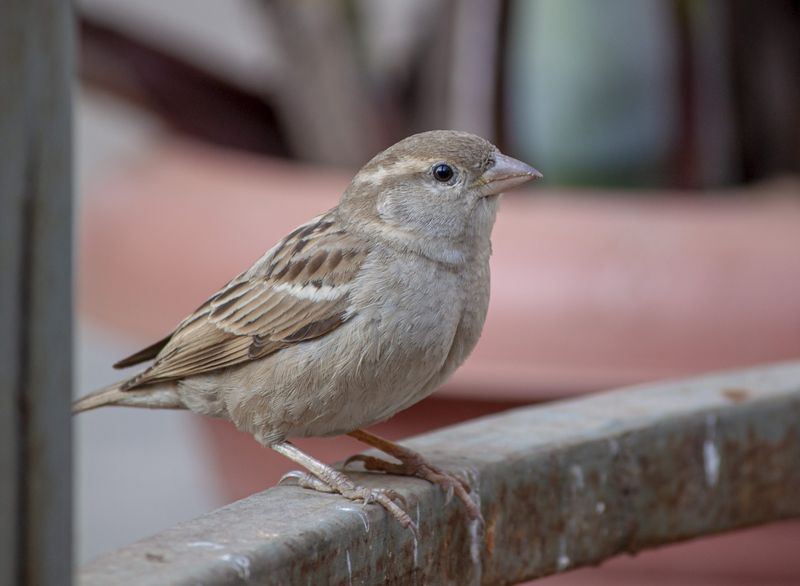
House sparrows are small, adaptable birds that thrive in urban settings across America, including Philadelphia. They are often seen flitting around outdoor cafes and parks, scavenging for crumbs.
These birds have a remarkable ability to live alongside humans, building nests in a variety of urban structures. House sparrows are social creatures, often found in flocks, engaging in lively chirping.
Though common, they play a significant role in controlling insect populations and contribute to the dynamic ecosystem within cities, offering a glimpse of nature’s resilience in urban life.
Striped Skunks
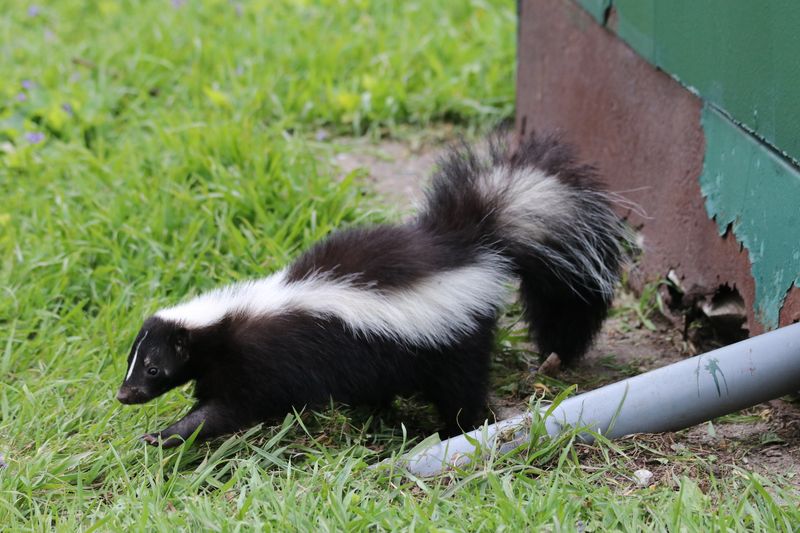
Striped skunks are nocturnal mammals often found in urban areas like Atlanta, Georgia. Recognizable by their distinct black and white coloration, they are known for their defensive spray.
Skunks frequent alleys and gardens, in search of insects, small mammals, and leftover food. Despite their reputation, they are generally peaceful and help control pest populations.
It is important for urban residents to secure trash bins and avoid startling these creatures to prevent unwanted encounters. Their presence in cities highlights the diverse wildlife coexisting with humans.
Eastern Cottontail Rabbits
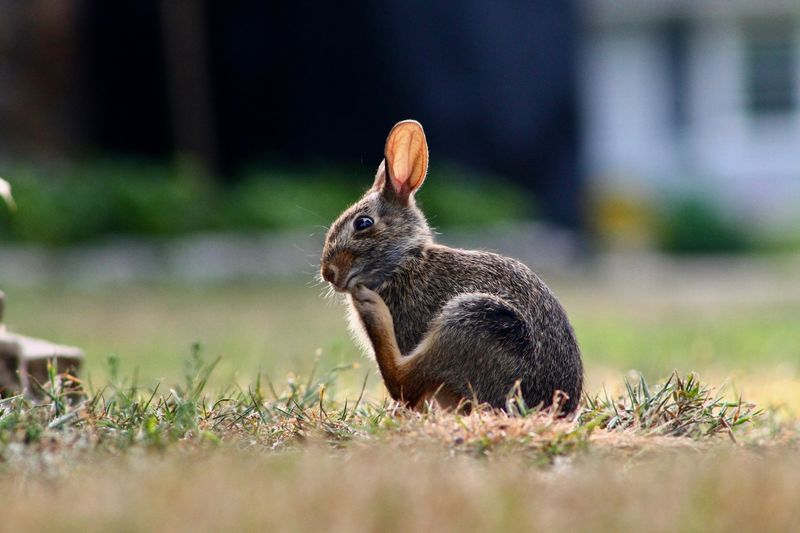
Eastern cottontail rabbits are common sights in suburban lawns and parks across cities like Cleveland, Ohio. These rabbits are easily recognized by their fluffy white tails and twitching noses.
They feed on a variety of vegetation, including grass and garden plants. Their abundance in urban areas can sometimes lead to challenges for gardeners, as they nibble on plants and flowers.
Despite this, they are an integral part of the urban ecosystem, serving as prey for a variety of predators and adding charm to city green spaces.
Turkeys
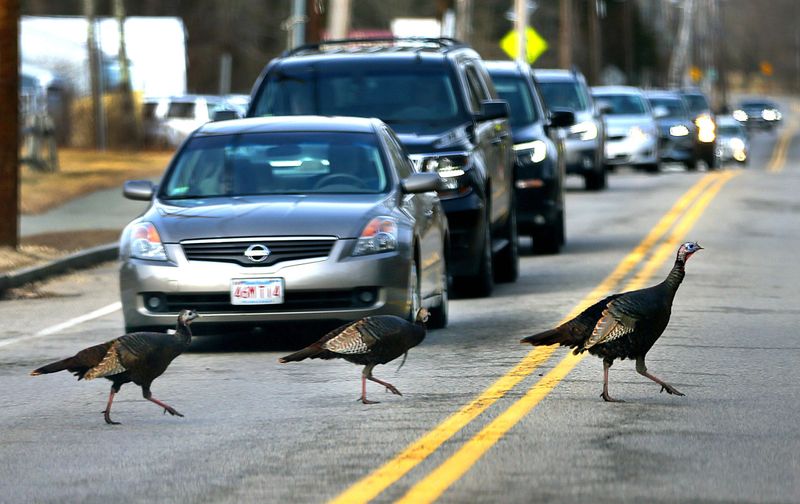
Wild turkeys have been increasingly spotted in cities like Boston, where they roam freely through parks and even cross busy streets. These large birds are known for their distinctive gobble and impressive displays of feathers.
Urban turkeys are opportunistic feeders, consuming a mix of seeds, insects, and small reptiles. Their presence in cities is a testament to their adaptability and resilience.
While they may cause minor traffic disruptions, they contribute to biodiversity and provide urban dwellers with a unique glimpse of wildlife in the cityscape.
Deer
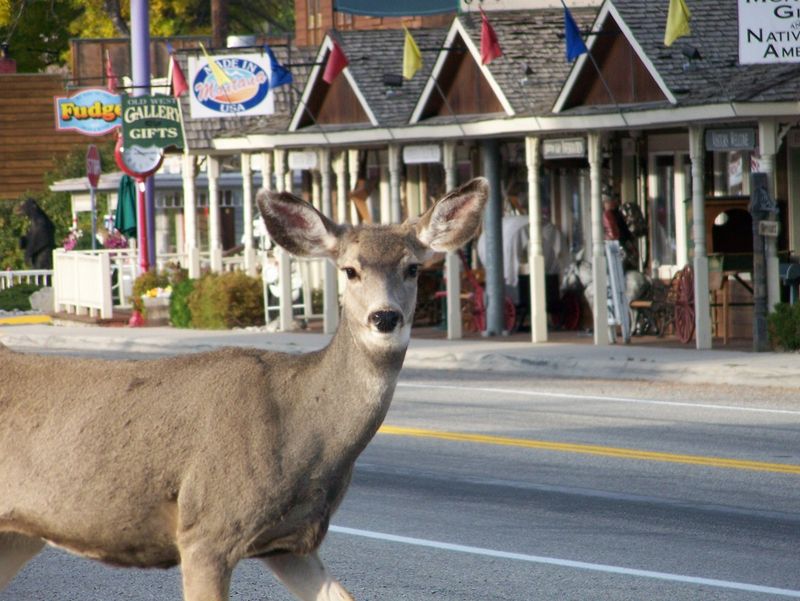
Deer have become a common sight in suburban areas of cities like Portland, Oregon. These graceful creatures are often seen grazing in gardens or crossing roads during the early morning hours.
Their presence in urban areas is both a challenge and an opportunity for city planners, as they can cause car accidents but also contribute to biodiversity.
To coexist peacefully with these animals, residents are encouraged to use deer-resistant plants and drive cautiously in areas where deer are known to roam.
Bald Eagles
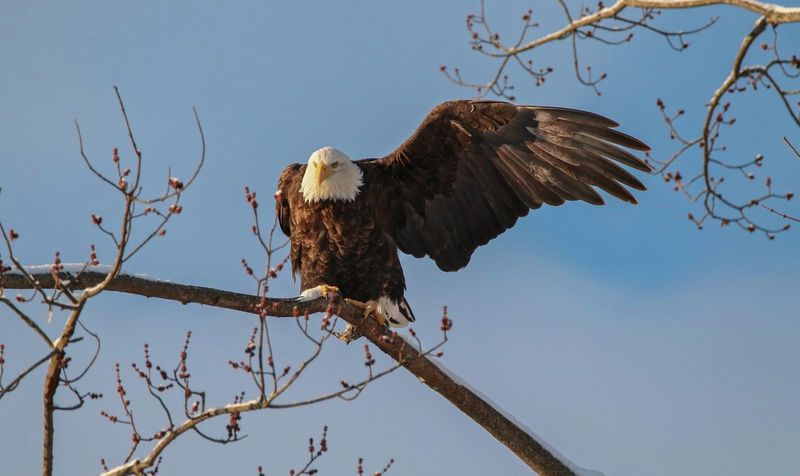
The iconic bald eagle, America’s national bird, has made a remarkable comeback in urban areas like Minneapolis. These majestic birds are often seen soaring above rivers and tall buildings, hunting for fish.
Conservation efforts have played a crucial role in their resurgence, and they now serve as a symbol of environmental success. Bald eagles’ presence in cities highlights the importance of urban green spaces.
Their return to city skies offers residents a rare opportunity to witness this powerful predator in action, inspiring conservation and appreciation for wildlife.
Canada Geese
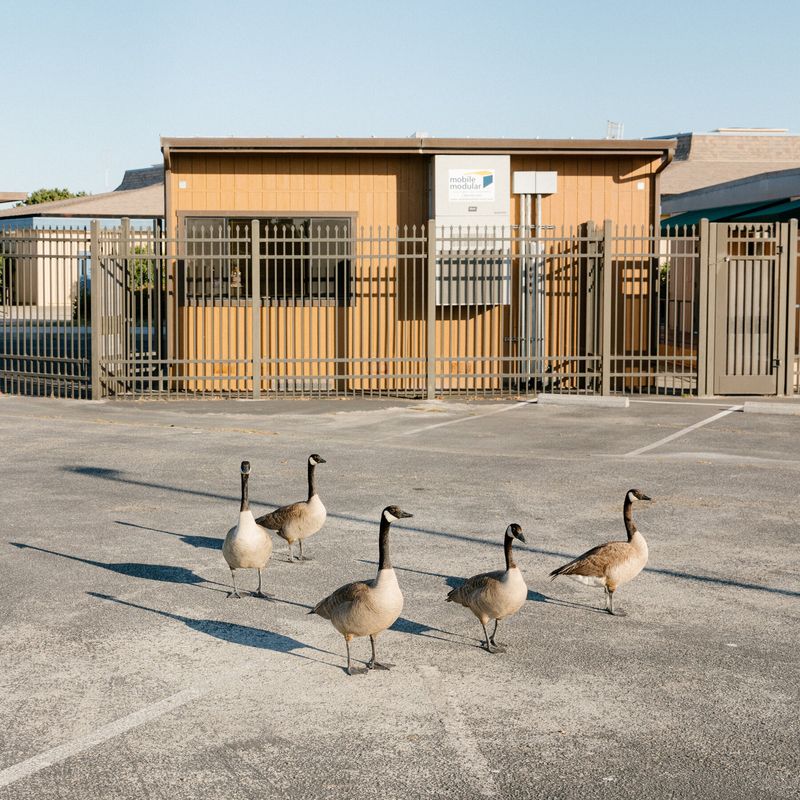
Canada geese are well-adapted to urban environments, often seen in city parks and ponds across America, including Denver. These large birds are known for their migratory patterns and distinctive honking.
In cities, they are a familiar sight, grazing on grass or swimming in ponds. While they can sometimes be a nuisance due to their droppings, they play a role in the ecosystem by aerating soil and dispersing seeds.
Observing their flight formations is a favorite pastime for many, offering a reminder of the natural world within city boundaries.
American Alligators
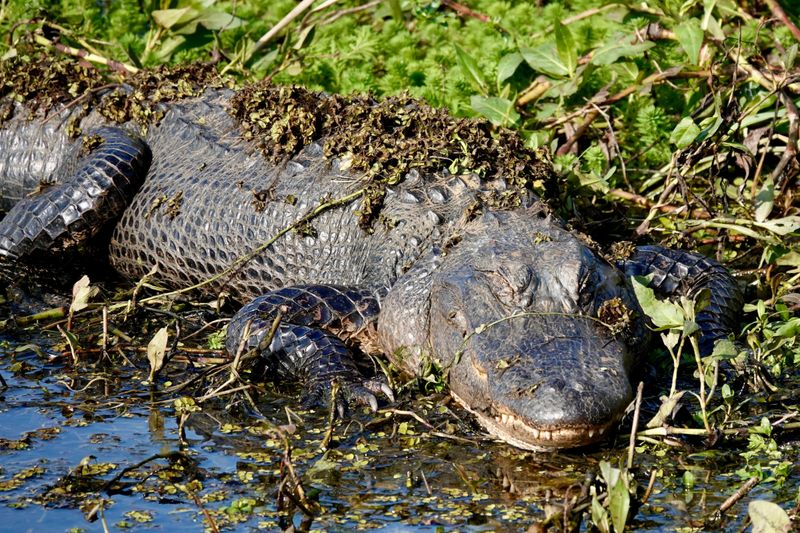
American alligators have been known to inhabit suburban areas of cities like Orlando, Florida. These powerful reptiles are often found near bodies of water, basking under the sun.
While they may seem intimidating, alligators typically keep to themselves and are an important part of their ecosystems, controlling the populations of fish and other prey.
Residents are advised to exercise caution and respect these creatures’ space, as maintaining a safe distance ensures harmonious coexistence with these ancient animals in urban settings.
Monk Parakeets
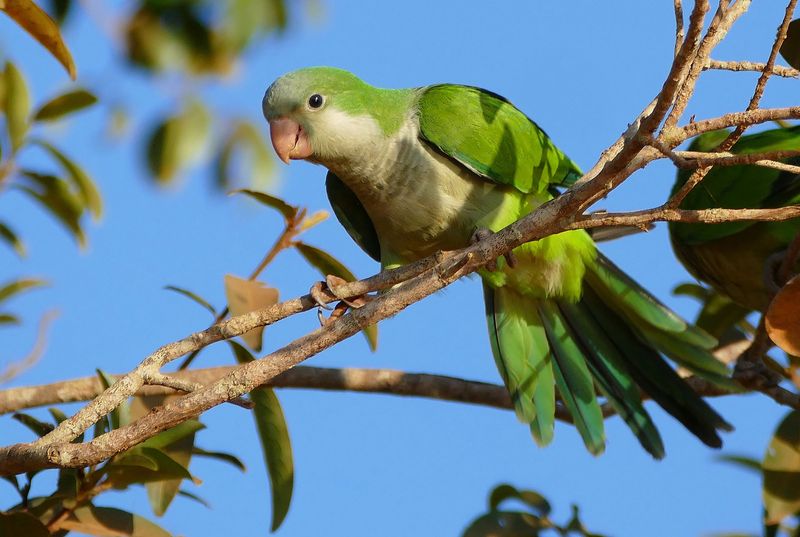
Monk parakeets, also known as Quaker parrots, have established thriving colonies in cities such as Brooklyn. These bright green birds are social and often seen chattering in flocks.
They build large, communal nests on structures like telephone poles, which can sometimes cause issues for utility companies. Their adaptability and vibrant presence have made them a beloved part of the urban wildlife landscape.
Observing these birds provides a tropical flair to city life, and their resilience in urban environments showcases nature’s ability to adapt.
Mountain Lions
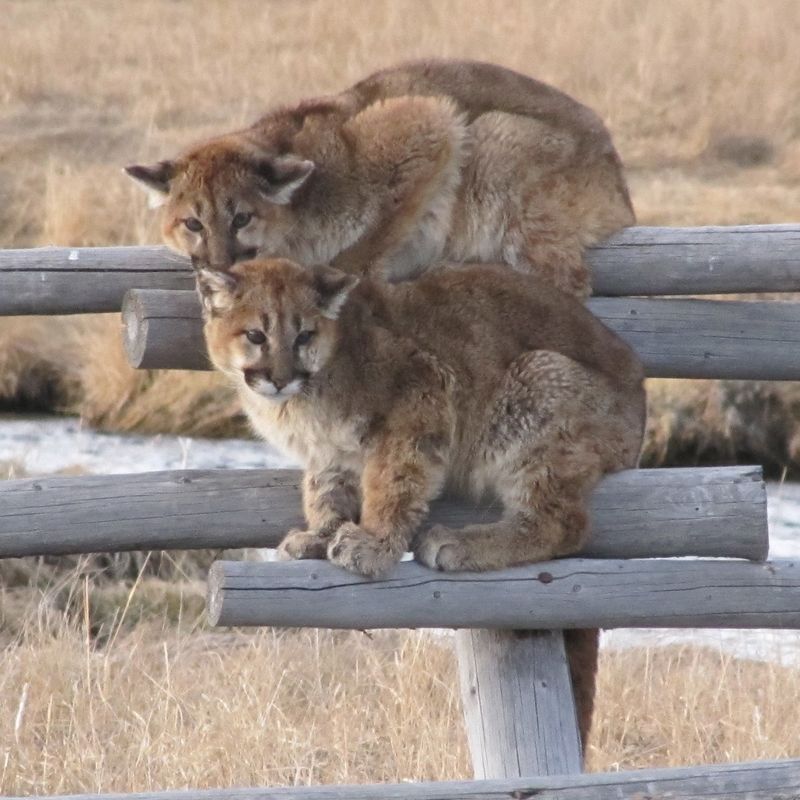
Mountain lions, also known as cougars, have been increasingly sighted near urban fringes in Boulder, Colorado. These solitary and elusive predators are known for their strength and stealth.
They occasionally venture close to human settlements in search of food, primarily deer. While rare, sightings remind city residents of the wild spaces that intersect with human habitats.
Efforts to educate the public about mountain lion behavior and safety can help reduce conflicts and ensure these magnificent cats continue to roam freely in their natural ranges.
Beavers
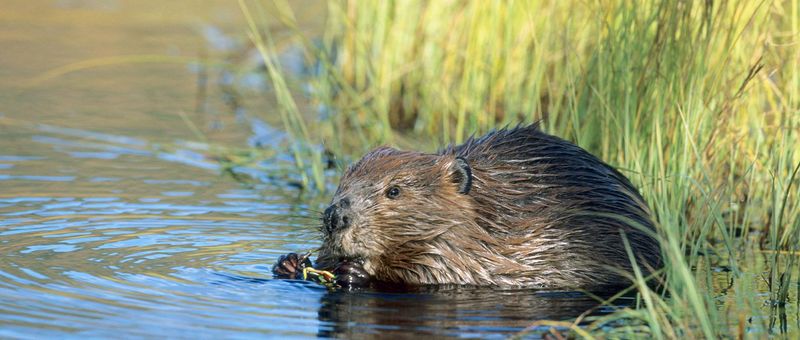
Beavers are industrious rodents found in cities like Seattle, where they build dams and create wetland habitats. Their engineering skills provide valuable ecosystem services, such as water filtration and flood control.
In urban areas, their activity can sometimes conflict with human infrastructure, but they play a vital role in biodiversity. Their ability to transform landscapes is an example of nature’s influence within city limits.
Encouraging coexistence strategies, such as protective barriers, can help mitigate potential issues while allowing beavers to thrive in urban waterways.

